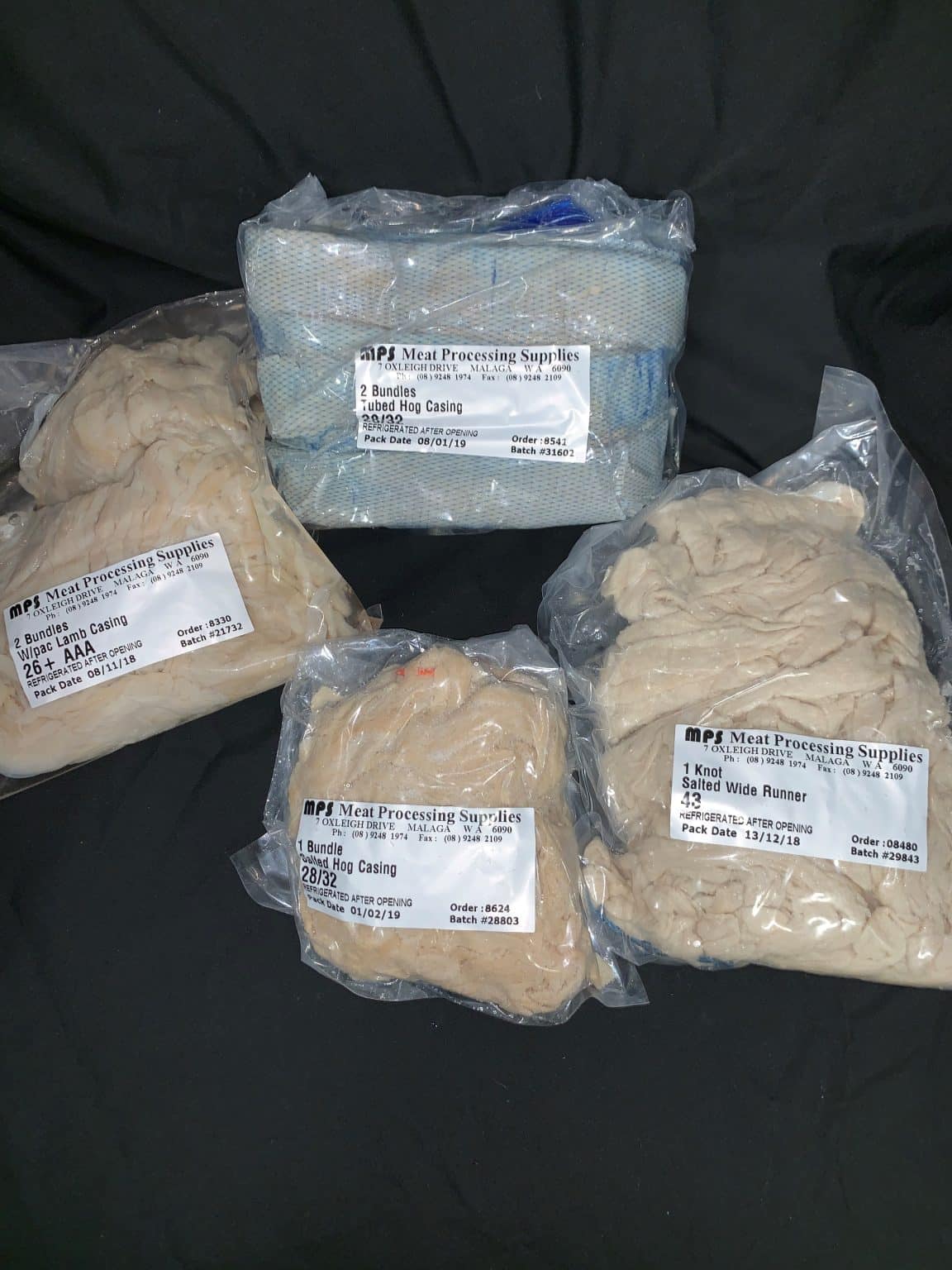

The same symbol is preferred by the IEEE kt is also common.
#20 KNOTES TO MPS ISO#
The ISO Standard symbol for the knot is kn. The best unit of measurement I have found for 20 mps is metres per second and the amount is 20 mps. 'The knot (/nt/) is a unit of speed equal to one nautical mile (1.852 km) per hour, approximately 1.151 mph. Smaller numbers are more easily understood and can make it easier for you to understand the measurement. To determine which unit is best, I decided to define that as being the unit of measurement which is as low as possible, without going below 1. I've also calculated what the best unit of measurement is for 20 mps.

Especially when dealing with really large numbers. Sometimes when you work with conversions from one unit to another, the numbers can get a little confusing. Metres per second to Knots Conversion Tableīelow is a sample conversion table for mps to knot: Metres per second (mps) So, the answer to the question "what is 20 metres per second in knots?" is 38.876923435787 knot. The kilometer per hour, and in some countries the mile per hour, are the preferred measurement of road speed. Miles per second also can be marked as mps.
#20 KNOTES TO MPS HOW TO#
The kilometer per second is also used when meters per second is too slow a measurement, such as in astronomical measurements and higher velocities. Miles Per Second to Knots (mi/s to kt) calculator, conversion table and how to convert. Although this unit has seen some support, particularly in Germany, the unit benz was rejected as the SI unit of velocity.Ĭurrent use: As the SI derived unit of speed and velocity, the meter per second and its multiples are used widely within scientific contexts. The unit benz, named after Karl Benz, a German engine designer and automobile engineer (and founder of the company that would eventually merge and produce the Mercedez-Benz line of automobiles) has been proposed as a named for one meter per second. Convert any Knots value to Miles-Per-Hour using the conversion calculator. History/origin: The meter per second is a unit that was derived based on the SI units of meters and seconds. A o is the original starting concentration of A. Excessive heeling of a sailboat has the following negative. It is equal to exactly 3.6 kilometers per hour, approximately 3.2808 feet per second, and approximately 2.2369 miles per hour. Some large sailboats are designed to sail efficiently and comfortably with winds of 20 to 25 knots. It is defined as the distance traveled in meters divided by the amount of time taken in seconds. Meter per secondĭefinition: A meter per second (symbol: m/s) is an SI (International System of Units) derived unit of speed and velocity. Tidal streams, river currents, and wind speeds are also measured using knots.

The US nautical mile is defined as 1,853.248 m while the UK Admiralty nautical mile is equal to 1853.184 m, compared to the international nautical mile of 1,852 m.Ĭurrent use: The knot is used worldwide in meteorology as well as in maritime and air navigation as a measure of speed of a vessel relative to the fluids in which they travel. The United States and United Kingdom in particular used their own specific nautical miles up until 19 respectively. The knot has had various definitions throughout history.

In the worldwide, the knot is popularly used in meteorology, and in maritime and air navigation. Without standard abbreviation, the commonly used is kn, but kt and NMPH are also used. It is equal to one nautical mile(1.852 km) per hour, and approximately equal to 1.151 mph (full name: mile per hour). Knots would be tied into the rope on these lines at uniform intervals of approximately 47 feet, or 14.3 meters long. Knot : The knot is a non-SI unit for speed. History/origin: The term "knot" is derived from its former use as a measure on the log lines on ship logs (a navigation tool) which were used to measure ship speed through water. A knot is equal to 1.852 kilometers per hour and 1.15078 miles per hour. 2 Kilometres per hour 0.5556 Metres per second, 20 Kilometres per hour 5.5556 Metres per second, 5000 Kilometres per hour 1388.89 Metres per second. It is defined as one nautical mile per hour, where a nautical mile is 1,852 meters. The result is the following: 20 MBps × 1000 20000 kBps. Definition: A knot (symbol: kn or kt) is a non-SI unit of speed at sea. To convert 20 Megabytes/Second to Kilobytes/Second you have to multiply 20 by 1000, since 1 Megabyte/Second is 1000 Kilobytes/Second.


 0 kommentar(er)
0 kommentar(er)
